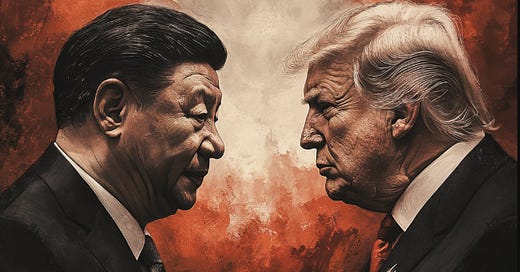Can China win a trade war with Trump just by depreciating the yuan?
Leading economist Lian Ping says China is well-positioned to deal with tariffs.
Keep reading with a 7-day free trial
Subscribe to China Banking News to keep reading this post and get 7 days of free access to the full post archives.




